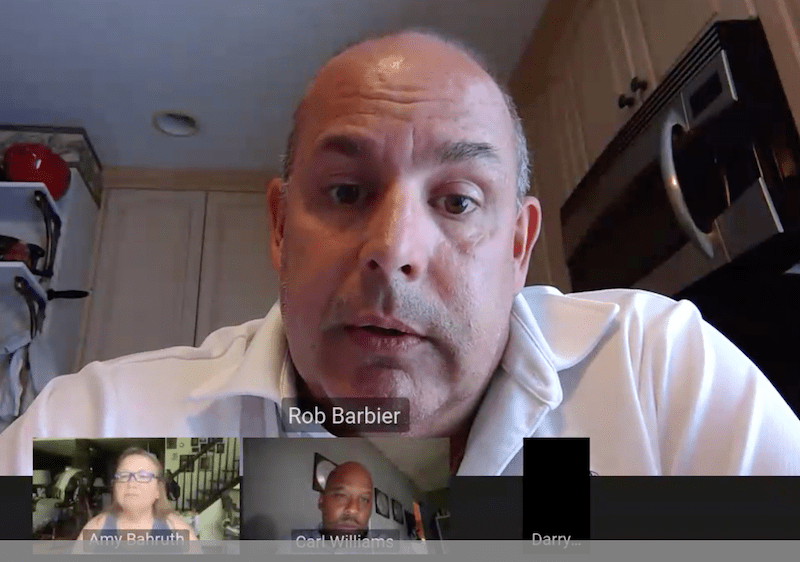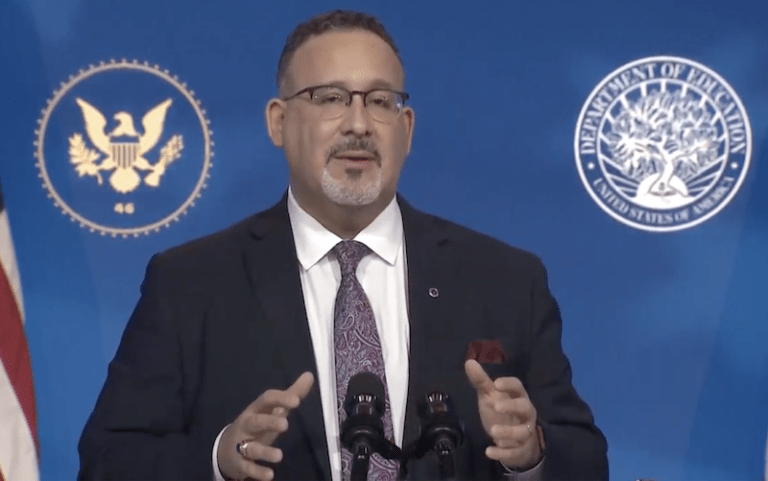AFTNJ Executive Vice President/Pre K-12 Rob Barbier on Aug. 19 participated in an AFT webinar about physical distancing in school buildings, the latest in the series called “The Road to Reopening Schools.”
Barbier fielded questions from webinar host Amy Bahruth, addressing issues related specifically to New Jersey’s social-distancing plans. Here are some highlights:
Amy Bahruth: You served on Gov. Murphy’s task force at the state level. What was that process like? Was labor’s voice heard in this process … ?
Rob Barbier: “The process involved a lot of stakeholders from a lot of different groups. I would have to say that the state did a good job in reaching out to people in order to get a good presence. That being said, the process itself was … a little convoluted. … I’m not going to say that they didn’t listen, but at the same time, they would never allow us access to the materials before the meetings. So our responses, while they were good, weren’t as thought out as they could have been if we were given access to the materials beforehand.”
Bahruth: Do you have any understanding of how New Jersey came up with the recommendation of a six-foot radius in classrooms? … Where did it come from?
Barbier: “You know, I don’t know the answer to that question. … We were kind of looking at the model that you talked about — the wingspan model. Within my district [of Garfield], and within multiple schools, when the initial measuring of classrooms was being done, they were using that model, and they would come up with the same kind of information [you did]: classrooms that previously could have held, let’s say 25 students, the number was cut down to 12, or whatever.
“But then, when the district kind of reread it and realized what the word ‘radius’ means — I guess there was a math teacher on the committee somewhere — all of a sudden classrooms could hold four or five people … and that includes the instructor or any other instructional professionals who are there, so it would be very possible to reduce the number down to three if you were in a setting that required both a teacher and a teacher’s assistant. Which essentially meant that social distancing, for all intents and purposes, couldn’t be done on any level, even in the hybrid model that we were looking at.”
Bahruth: Is any school district in New Jersey going to meet that standard?
Barbier: “I can’t imagine that any school district would be able to meet that standard — maybe if someone was willing to convert large spaces like auditoriums into classrooms, but that opens up a whole other can of worms. … The New Jersey plan does say in multiple places that where social distancing couldn’t be established, then certain accommodations would have to be made, and one of those accommodations included a face covering. That kind of brings us to the idea that everyone will be wearing a mask all the time, or a face covering.”
Bahruth: When you were talking about plans, [either] on a state level or in Garfield, what kind of considerations were you making for these other spaces outside of classrooms?
Barbier: “There are specific guidelines to buses in the New Jersey plan, and within my own district, when we were talking about other areas — you know, hallways, bathrooms — we were opening up a whole kind of reconsideration of how we were going to do those things and what it was going to look like.
“For example, bathrooms were going to be a lot more closely monitored … instead of just being a hallway monitor, basically teachers were also going to be bathroom monitors: counting the number of people who went in an out. … They are still planning on using stickers that are going to be placed on the floor in order to create that social-distancing spacing.”







